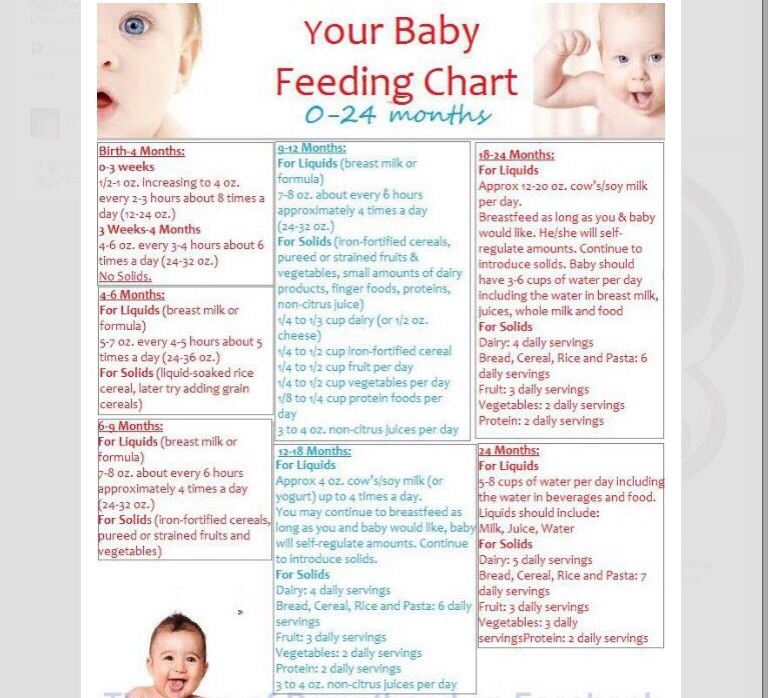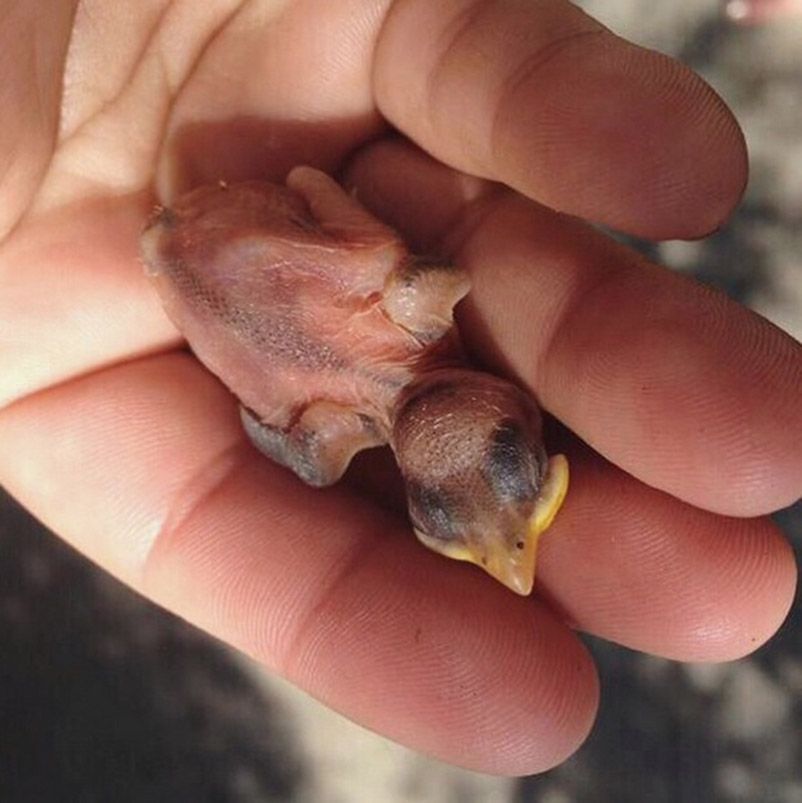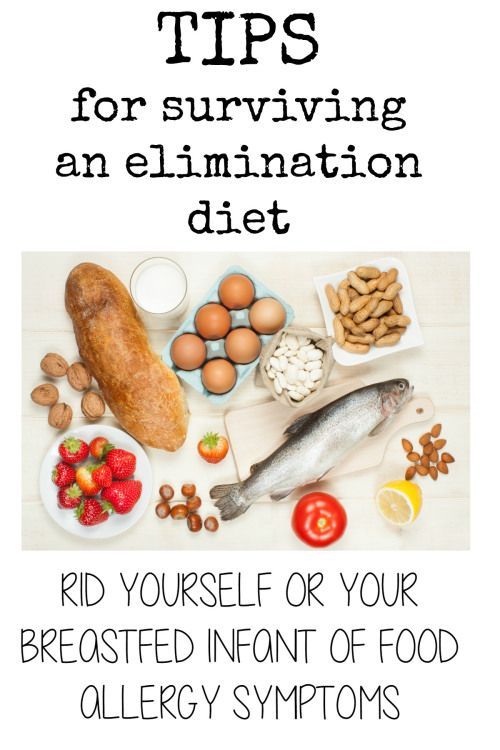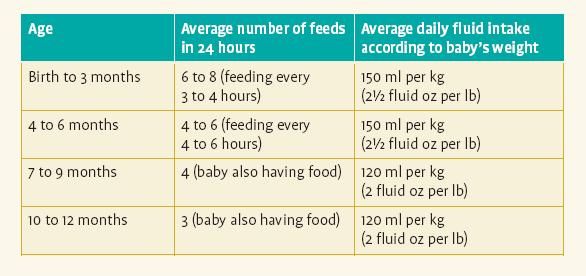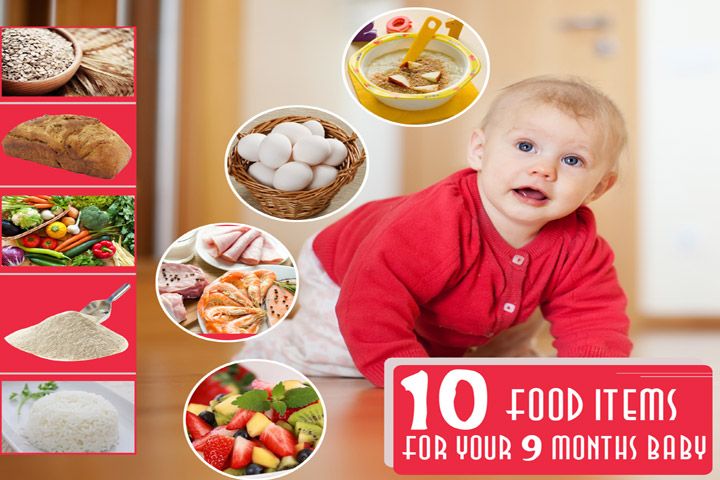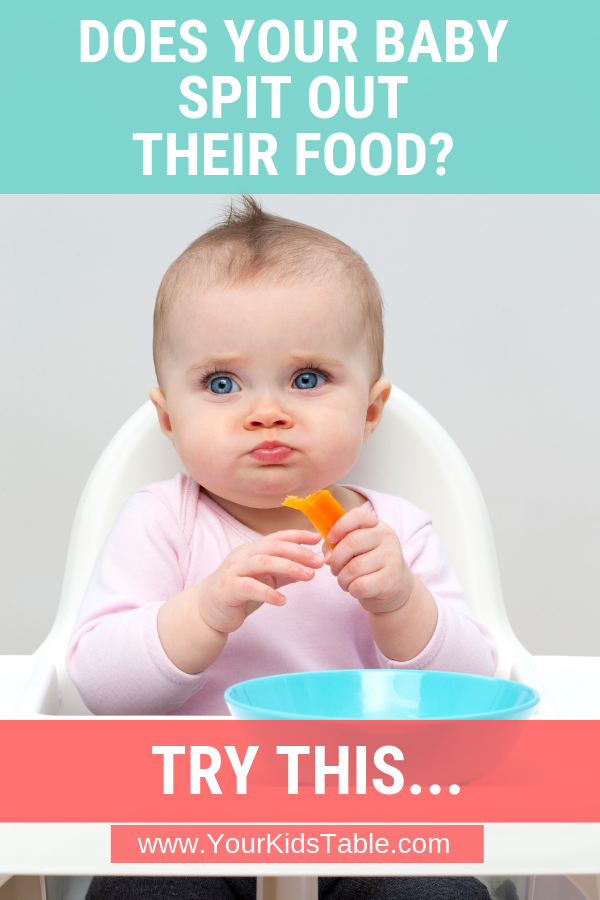Penguins feeding babies
How Do Penguins Feed Their Chicks?
By Sian Liversage
It’s easy to say that you can learn a lot from watching a penguin colony, from their hunting behaviours to how they raise their chicks. Many of us have watched documentaries of penguins incubating and hatching their chicks, but one thing that has always baffled me and many others, is how do they store food to feed their chicks? It turns out, the answer isn’t as simple as you may think – there are multiple ways in which they care for their young as I explain below.
All penguins hunt in the same way; they either catch their prey in the water or they can scrape krill off the underside of the ice. They do not have teeth, but instead have a very sharp bill to do this. Their mouths and tongues are lined with spines that point back towards their throat, making it easy for them to swallow prey such as squid, shrimp and fish.
If a penguin has chicks, it will catch and swallow its food, then “store” it for later to feed to its chicks. Of course, some will also be kept for themselves to enable the parent to continue to survive and hunt for prey. Chicks cannot digest food like their parents, therefore, the parents need to convert it into a form that the chicks can eat. There are a few ways of doing this; the first way is regurgitation; the second way is the equivalent to “refrigerating” the food; and finally, the third way is a secretion that is made from the digested food.
This is when a penguin will catch its food and partially digest it, which will take a few hours. When the parent reaches its chick, and the food has been digested enough, it will cough the mixture back up and allowing the chick to eat it directly from the parent’s bill. This feeding method is often seen on documentaries so keep a lookout!
A Gentoo Penguin feeding its chick in Antarctica. Source: Penguins International Photo Library
A Gentoo Penguin chick getting a huge meal.
 Source: Penguins International Video Library
Source: Penguins International Video LibraryThis is a genius evolutionary method that enables penguins to keep food for several days. The parent will swallow the prey whole and store it inside their stomach. This food is kept at body temperature, and inside the stomach there are enzymes which prevent it from digesting.
When it comes to feeding their chicks, males and females will take turns. In some penguins, Emperor Penguins in particular, the male will care for the chick for several weeks while the female is out hunting and gorging on prey. During this time, the male produces a secretion to sustain the chick and ensure its survival. Penguins, being birds, don’t have “milk” like mammals do. Instead, they produce this secretion which is sometimes called crop milk. This is a fatty, high protein food that is developed in their crop (a pouch in their throat) and given to chicks during key developmental stages. Although it is nothing like mammal milk, the benefits of this crop milk are very similar to the benefit young mammals get from milk.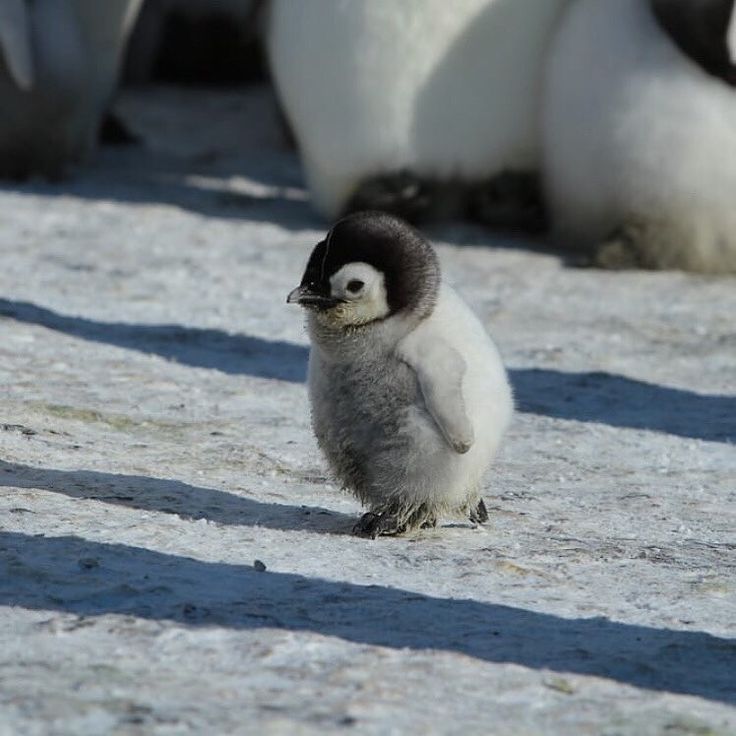
Inside of a penguin. Web: https://sciencing.com/penguins-feed-their-chicks-4567587.html
Chicks need constant feeding throughout their development in order to stay happy and healthy, and it can easily be said that without their parents’ remarkable evolutionary techniques and physiology, the chicks would no doubt perish.
References:
E, Lee. 2019. How do penguins feed their chicks? Webpage: https://sciencing.com/penguins-feed-their-chicks-4567587.html
Penguin Science. Diet and Feeding answers. Webpage: https://www.penguinscience.com/education/ask_answers_1.php
Ocean Syrup. 2019. Do penguins make milk? Webpage: https://oceansyrup.com/do-penguins-make-milk/
Like this article?
Help us continue to provide updated penguin news through your financial support.
DONATE NOW
This website uses cookies to improve your experience. We'll assume you're ok with this, but you can opt-out if you wish.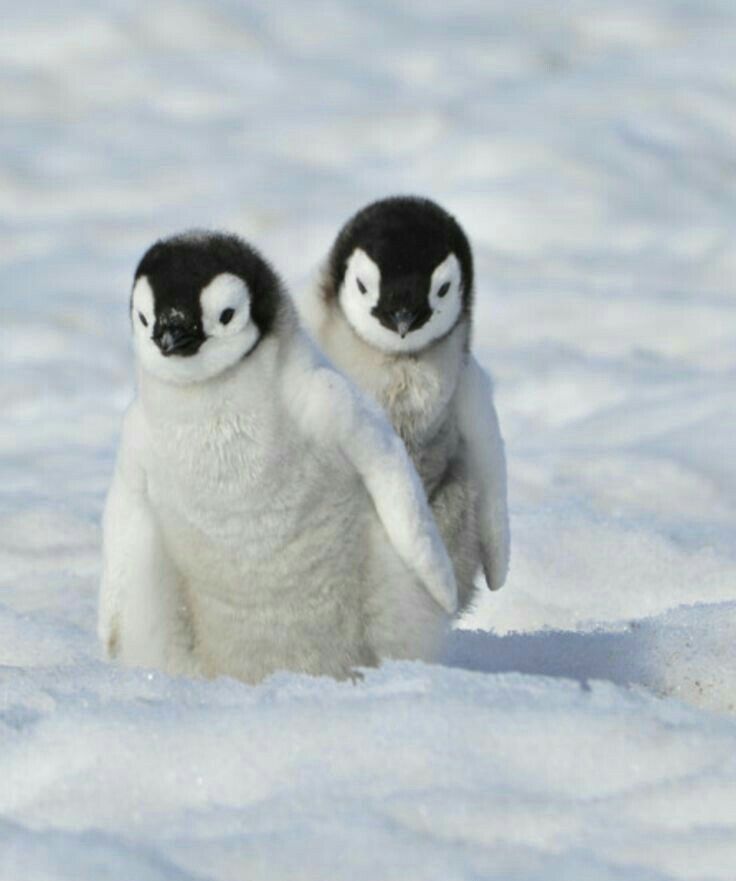 AcceptReject Read More
AcceptReject Read More
Joining our community of scientists, volunteers, and people, like yourself, means we’ll send you fun, educational, and promotional content right to your inbox. Guaranteed to make you giggle, marvel, and matter.
"*" indicates required fields
First Name*First
Email*
Birth DateMonth223456789101112
Day12345678910111213141516171819202122232425262728293031
Year20232022202120202019201820172016201520142013201220112010200920082007200620052004200320022001200019991998199719961995199419931992199119901989198819871986198519841983198219811980197919781977197619751974197319721971197019691968196719661965196419631962196119601959195819571956195519541953195219511950194919481947194619451944194319421941194019391938193719361935193419331932193119301929192819271926192519241923192219211920
We send all of our community members a special Birthday message.
Hidden
Birth DateMonth223456789101112
Day12345678910111213141516171819202122232425262728293031
Year20232022202120202019201820172016201520142013201220112010200920082007200620052004200320022001200019991998199719961995199419931992199119901989198819871986198519841983198219811980197919781977197619751974197319721971197019691968196719661965196419631962196119601959195819571956195519541953195219511950194919481947194619451944194319421941194019391938193719361935193419331932193119301929192819271926192519241923192219211920
We send all of our community members a special Birthday message.
By clicking send you to agree to receive the latest news about penguins. Don't worry you can unsubscribe anytime. Privacy Policy
This field is for validation purposes and should be left unchanged.
How Do Penguins Feed Their Chicks?
••• Dgwildlife/iStock/GettyImages
Updated November 22, 2019
By Ezmeralda Lee
It is possible to learn many different things about winter survival from a penguin colony. One of the most interesting things to watch about penguins is how they raise their young. It has amazed many documentarists to watch how they hatch the eggs and then care for their young. One question that many people have about penguins is “How do they feed their chicks?" The answer is probably a lot different than you might think. The way that penguins feed their chicks is similar to a few different kinds of birds, such as flamingos and pigeons. However, penguins actually have multiple ways of taking care of their young.
Hunting for Food
Penguins all hunt for food in the same way. They can either catch it out of the water, or scrape the smaller food, like krill, off of the underside of the ice. Penguins usually eat krill, squid and fish. There are three main ways that penguins can feed their young.
Swallowing Food
The adult penguin swallows the food and saves it for later changing it into a form that the chicks can eat. There are three different ways to do this. The first way is regular regurgitation; the second way is similar to refrigerating the food whole; the third way is to create a kind of milk for the chicks from the digested food.
Regurgitating the Food
The adult penguin will partially digest the fish or other food inside their stomachs. This usually takes several hours. When the food has been digested enough, the penguin coughs the food back up and feeds it to the chick by pouring the mixture into the chick’s beak.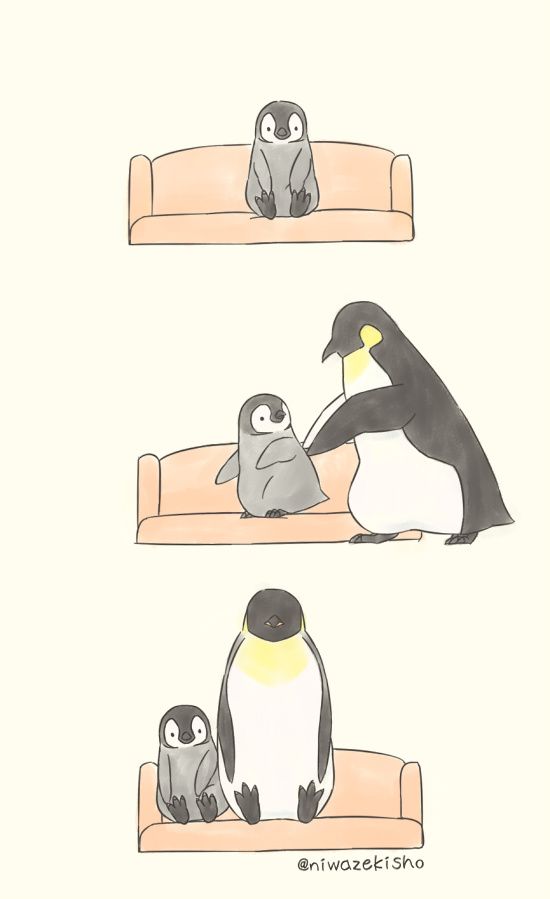
"Refrigerating" the Food
Another way that penguins feed their chicks is through refrigeration. The adult penguin swallows the fish or other food whole, and secretes it inside their stomach where it can be held for several days before the penguin has to feed it to the chick. The food is actually kept at the body temperature of the penguin, and the penguin has special enzymes that keep the food from going bad.
Penguin "Milk"
Some breeds of penguins can completely digest their fish and krill before they feed it to their chicks. When this happens, a form of oil is made from all of the nutrients from the food. This process takes several days to occur. The penguin then gives that fish “milk” to its young.
Feeding the Chick
The basic way of feeding the chick is always the same. The parent catches the fish, krill or squid, digests it or holds it in for a while, then when it is ready, it regurgitates the food into its beak, and then uses its beak as a kind of spoon to place the food into the baby penguin’s mouth.
Related Articles
90,000 They feed on their own blood and "bird's milk". From morning to eveningThey feed on their own blood and "bird's milk"
Flamingo, when feeding his only chick, gracefully bends over him, slightly open beak, and food concentrate flows from the beak into the chick's mouth - a very nutritious broth: it contains a lot of proteins and 23 percent of blood. How blood gets into this strange "bird's milk" is still not clear.
Bird's milk has long been a symbol of the impossible. "Shall I give you some bird's milk?" - they say to a person who wants too much.
But now, after research done by ornithologists, this expression should be used with some caution. Many different curiosities in nature. There is also "bird's milk" among them. And you don't have to go far for it. Look at what pigeons feed their chicks - "bird's milk."
Newborn chicks do without nipples: they insert their long beaks into the throat of an adult pigeon and receive a portion of "bird's milk".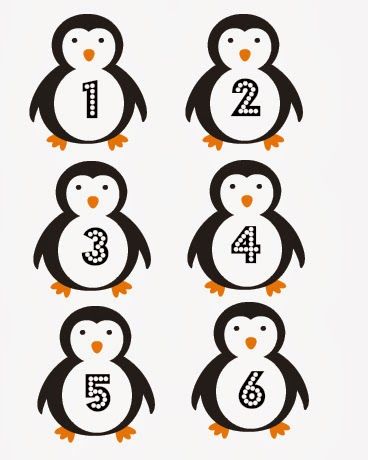
Shortly before the chicks hatch, a white mushy substance forms in the crop of the parent pigeons. It is called "goiter" or "bird's milk". In the goiter of domestic pigeons, “milk” is released for eighteen days, then the chicks switch to another diet. In wild pigeons, the "milk period" is longer.
Penguins, emperor and royal, also pamper their children with "bird's milk": it is produced in sufficient abundance by the esophagus and stomach of penguin parents - both male and female. "Milk" is nine times more nutritious than cow's: 60 percent protein and 28 percent fat!
In the sea, penguins only hunt for fish. And all the free time from hunting is spent on the shore. They gather here in large flocks. All together it is easier for them to endure the winter cold. And the winter in Antarctica is terrible: frosts are below eighty degrees. And snow storms. Yes, such that it’s better not to stay alone in such a storm: a mad wind will instantly knock you off your feet and pile a hundred kilograms of snow on you. The penguins know this. And when the storm begins, they gather in a heap and closely press against each other. It turns out a circle of penguins. Scientists have named it "turtle". The "turtle" spins all the time and slowly crawls where the wind blows. Outside, a snowstorm is raging, the frost is cracking, and inside such a circle it is warm, like in the summer in Africa. Thirty-six degrees! The storm will end and the penguins will disperse.
The penguins know this. And when the storm begins, they gather in a heap and closely press against each other. It turns out a circle of penguins. Scientists have named it "turtle". The "turtle" spins all the time and slowly crawls where the wind blows. Outside, a snowstorm is raging, the frost is cracking, and inside such a circle it is warm, like in the summer in Africa. Thirty-six degrees! The storm will end and the penguins will disperse.
And in such and such a frost, penguins hatch chicks! True, where they “nest” at this time, the frosts are “small” - only 33 degrees. But snowstorms and strong winds that blow here all the time freeze the birds. How come their eggs don't get cold?
Penguins lay an egg on their paws. And so that it does not freeze from above, they cover it with a downy “blanket” - a special fold of skin on the belly.
First, the penguin holds the egg. Then the father penguin. But he does not just come and take the egg for himself, but bows to the penguin for a long time, flaps his wings, trembles with his tail - he is very worried. He himself looks at the egg, touches it with his beak and sings a special song to her: they say, go, dear, rest, I will replace you. And the penguin doesn’t have to be persuaded for a long time. She was very hungry: while holding the egg on her paws, she did not eat anything [19] . It's high time to refresh. And she leaves. For two months or more. To the ocean for fish. Sometimes he will leave for a hundred or two hundred kilometers, but he always finds his way back.
He himself looks at the egg, touches it with his beak and sings a special song to her: they say, go, dear, rest, I will replace you. And the penguin doesn’t have to be persuaded for a long time. She was very hungry: while holding the egg on her paws, she did not eat anything [19] . It's high time to refresh. And she leaves. For two months or more. To the ocean for fish. Sometimes he will leave for a hundred or two hundred kilometers, but he always finds his way back.
While the mother is hunting in the ocean, the baby penguin usually pecks out of the father penguin's bosom. It has a long thick down, like a fur coat. But for a long time, 40-50 days, the baby hides from the cold in his father's pocket, and then in his mother's, when she comes to replace her father.
The baby penguin, as soon as it gets out of the shell, asks for food. If the mother has not yet returned, the father feeds him "bird's milk".
Just imagine what a great feat it is to raise penguin chicks in Antarctica!
While the penguin was caring for the female, while she laid an egg for him, while she hunted in the ocean for 60-70 days, while the chick “was standing”, and then walked with the chick on its paws to the place where the flock hatches the chicks, after all, a hundred days have passed! And for a hundred days the penguin did not eat anything.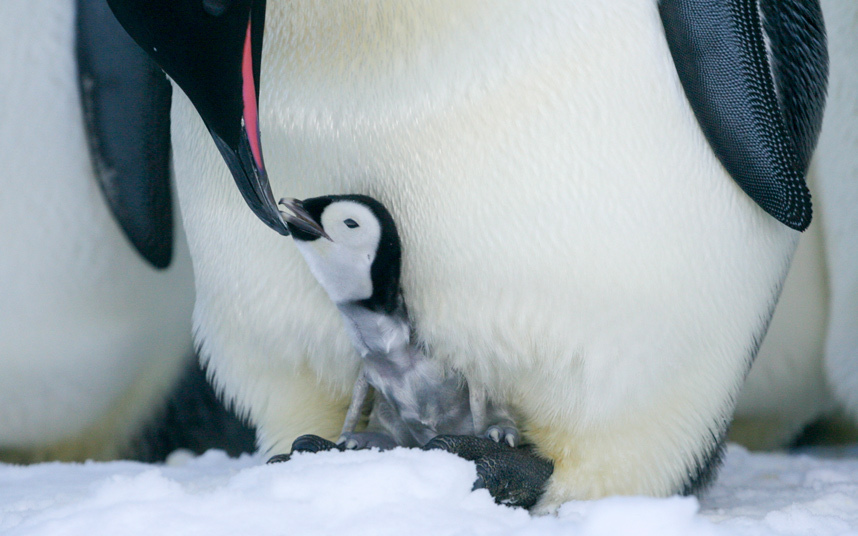 It is not surprising that he loses weight almost twice during this time.
It is not surprising that he loses weight almost twice during this time.
But now - finally! - a female comes and looks for her male in the pack. The task is also not easy: there are thousands of birds in the penguin colony (the largest once counted twelve and a half thousand penguins!). And she comes not alone, but hundreds of females approach the abandoned males in a solemn procession. There is a lot of noise and shouting, a lot of unfortunate misunderstandings happen before each finds her lawful spouse.
Here he hands her an expensive child (literally “expensive”, considering all the cares and “expenses” spent on it) from paw to paw. And he hobbles to the sea, to hunt. The mother feeds the chick at first every hour. But an amazing thing: the penguin brought only a kilogram of half-digested fish in her stomach. The chick is growing well: in a month and a half, while the father is traveling, he “recovers” by several kilograms.
Here, again, it's all about "milk": not only did the penguin feed the penguin with fish, but also with this very "bird's milk".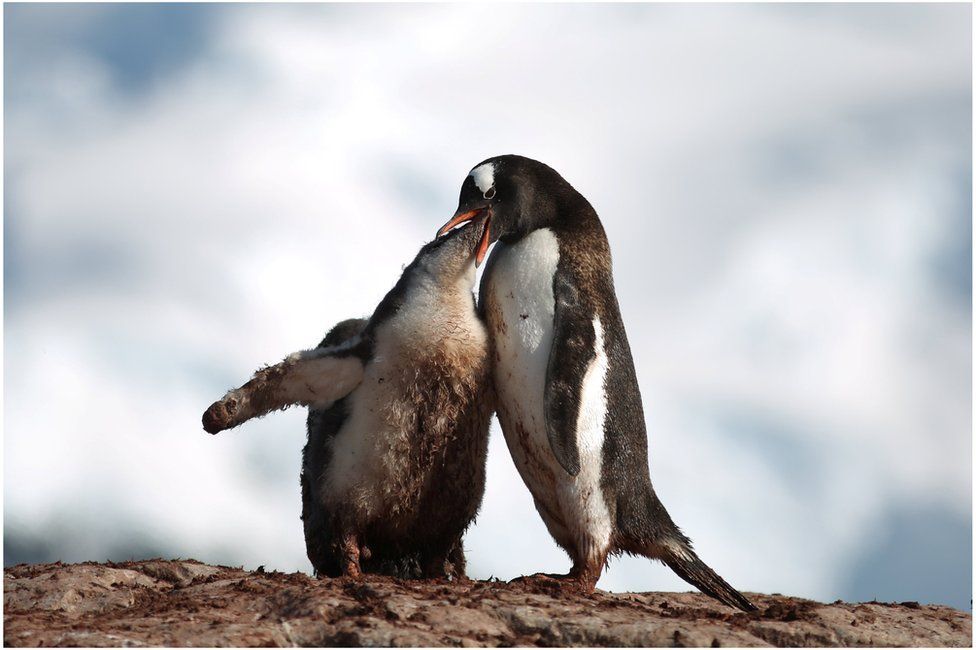
The penguin will return, having eaten in the sea on fish and squid, will again take the cub, and then the penguin will wander through the snow in search of prey.
Sitting for forty-fifty days either with dad or mom on the legs, the young penguin grows up. In the "pocket" he is now cramped. And then he goes to the "kindergarten": in some place, young penguins gather in a bunch. Hundreds of them stand in a dark crowd, clinging to each other, and brother warms brother.
"Kindergarten" run by old birds. When a blizzard spins snow whirlwinds, they surround the chicks from all sides, creating, as zoologists say, a protective rampart.
Parents take turns attending the “kindergarten”; the chicks scream, everyone asks for food, but the penguins in the cry and noise recognize the voices of their penguins and feed only them. Those are unusually gluttonous: they can eat six kilograms of fish at once.
Five-month-old penguins no longer need parents. Spring came, followed by summer, the ice floes melted, began to break off, and on them young graduates of "kindergartens" float to practice at sea. There they learn to dive and fish, and in the meantime they grow feathers.
There they learn to dive and fish, and in the meantime they grow feathers.
The best for children: how bedbugs feed their offspring with valuable symbionts
The best for children: how bedbugs feed their offspring with valuable symbionts And finally, a very unusual example of a symbiotic relationship from the life of bedbugs. The scientific world learned about this symbiotic complex in 2006 thanks to the research of Japanese
ROUGH CRAZY: WHEN ANIMALS RISK THEIR LIVES
ROUGH CRAZY: WHEN ANIMALS RISK THEIR LIVES Arabian Gray Thrush Talker: Performance to the Enemy, Respect to the Cripple Sometimes the talking thrush is also called the gray little thrush, although such a name, of course, does not sound as impressive as a panther, and not so
"One can artificially associate the action of suggestion with one's own photograph"
“You can artificially associate the action of suggestion with your own photograph” With regard to the so-called mental suggestion at a distance, it must be said quite definitely that up to the present time not a single flawless and completely
An argument in favor of what hypothesis did William Herschel see in sunspots?
An argument in favor of what hypothesis did William Herschel see in sunspots? William Herschel (1738–1822), the son of a regimental musician from the German Principality of Hanover, became a great English astronomer who came up with one of the most audacious ideas in the history of science.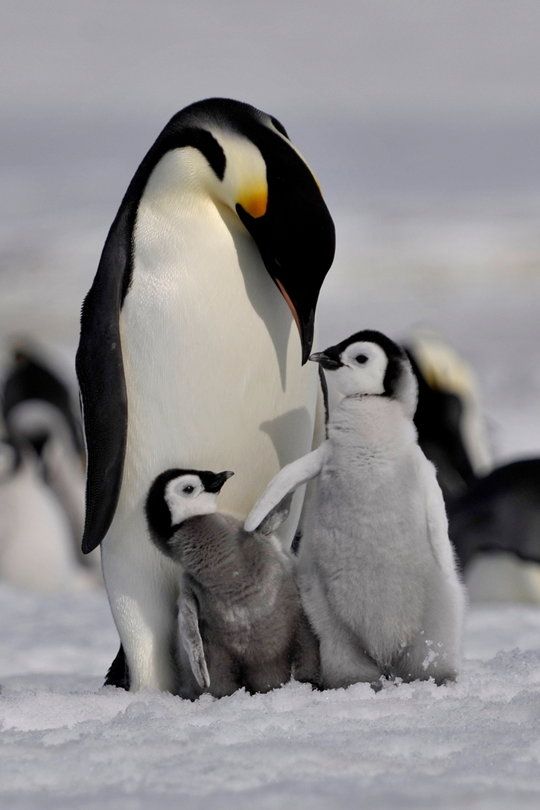 No doubt that
No doubt that
What delusion prevented Copernicus from achieving full recognition of his system of the world?
What delusion prevented Copernicus from achieving full recognition of his system of the world? Many astronomers of Antiquity (Pythagoras, Plato, Ptolemy, etc.) and all Christian astronomers before Kepler believed that the planets move along circular trajectories. The circle was considered "perfect"
What is the largest satellite of the planet in the solar system compared to its own planet?
What is the largest satellite of the planet in the solar system compared to its own planet? The largest satellite in the solar system relative to its planet is the Moon, which is well known to all of us. The diameter of the moon is only 3.67 times smaller than that of the earth. However, until August 2006
Which country has allocated the largest part of its territory to national parks and reserves?
Which country has allocated the largest part of its territory to national parks and reserves? To protect its nature and ecosystems, the Republic of Costa Rica has allocated 21 percent of its territory (10,700 out of 51,100 square kilometers) to national parks and reserves -
Why do the owners of the nest feed the abandoned cuckoo more diligently than their own chick?
Why do the owners of the nest feed the abandoned cuckoo more diligently than their own chick? To find out the answer to this question, ornithologists studied the behavior of small warbler birds, in the nests of which there was a cuckoo egg. As a result of research, it turned out that
As a result of research, it turned out that
Those who make good contact with their dog always win
Those who make good contact with their dog always win. What is "good contact"? This is not the state when the owner has suppressed the dog so much that he is afraid to show his will and is always obedient, like a clockwork toy. This is also not the state when the host,
Agribusiness profits from bird flu fear
Agribusiness profits from bird flu fear Not only did Secretary of Defense Rumsfeld turn out to be a direct benefactor of the US, UK and other governments, replenishing their stocks with his Tamiflu, the bird flu panic also went into action to
Mate with milk, cinnamon and ginger
Mate with milk, cinnamon and ginger It's a kind of mate cocido.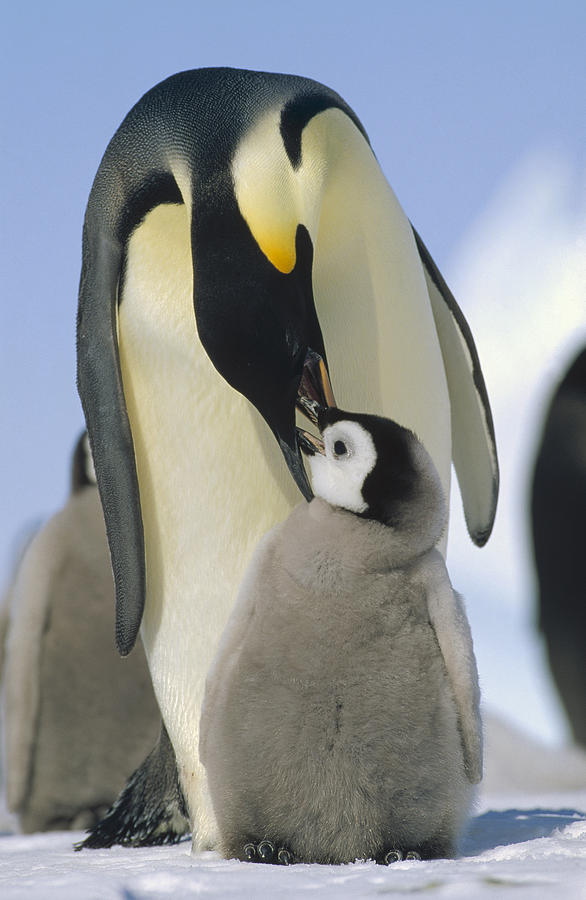 Can't you have milk? Do not deprive yourself of delicious yerba! Add soy milk: it is sold quite freely now. So, you need to take the milk, bring it to a boil, and throw in the yerba, not forgetting to season it,
Can't you have milk? Do not deprive yourself of delicious yerba! Add soy milk: it is sold quite freely now. So, you need to take the milk, bring it to a boil, and throw in the yerba, not forgetting to season it,
Crowded nursery on the ocean
Warming each other. While waiting for their parents to return, baby Adélie penguins snuggle up to keep warm.
Signal for dinner. After returning from a sea hunt, Adélie penguins call their chicks and feed them regurgitated fish.
In crowded subantarctic fur seal colonies, parental calls are a special form of protection. Returning to the shore after feeding at sea, the female faces a difficult task - to find her own among the many cubs. Slapping along the shore, she calls him with cries, listening to the familiar response.
The female recognizes the newborn cub by smell, and a little later distinguishes his voice from hundreds of others. Making her way along the shore, she unmistakably finds her own and, having quickly sniffed, begins to feed.
Making her way along the shore, she unmistakably finds her own and, having quickly sniffed, begins to feed.
For the Adélie penguin, finding her baby in a crowd of almost identical penguins requires even more attention. After all, penguins are devoid of smell, and they have to rely almost only on hearing. Climbing out of the sea, the parents go to the place where they left their babies, constantly calling them to screams. Hearing the parental call, the penguin gets out of the heap in which he huddled with hundreds of other kids, fleeing the cold, and waddle to the nest for food.
Birds living in large colonies learn to recognize each other by their characteristic calls. Terns, for example, nest in large flocks on small sandy islands. Parents find their nest and masonry according to signs around. But this helps them only until the chicks hatch, which, having been born, immediately disperse around the island, hiding in crevices from predators and the elements.



